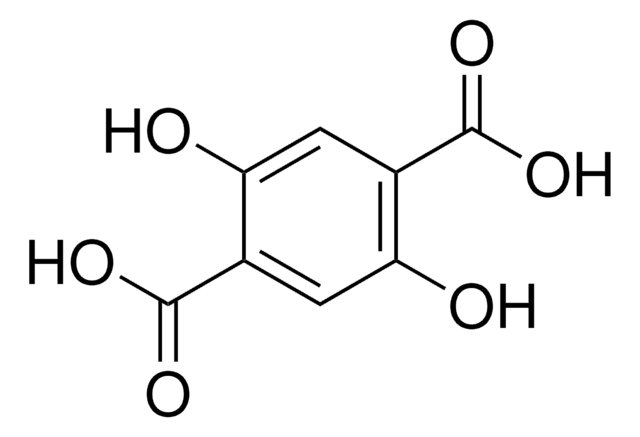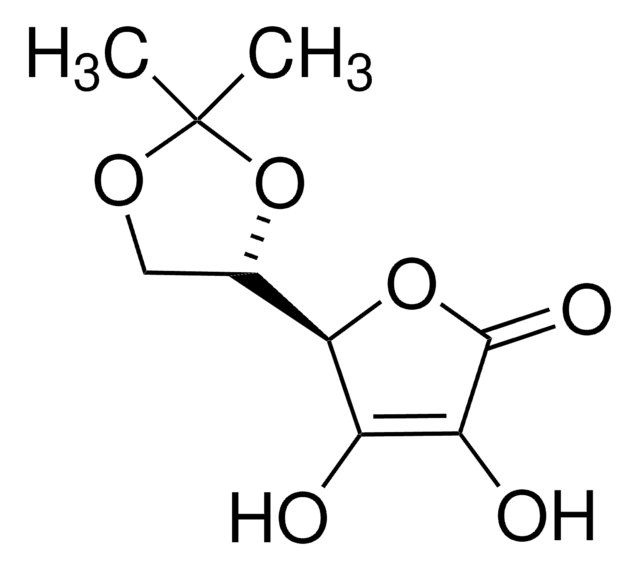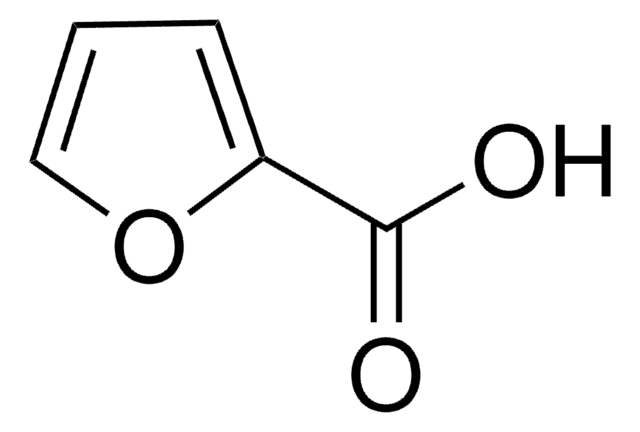261556
(L)-Dehydroascorbic acid
Synonyme(s) :
DHAA, Dehydro-L-ascorbate, Dehydro-L-ascorbic acid, L-threo-Dehydroascorbic acid, oxidized ascorbic acid, oxidized vitamin C
About This Item
Produits recommandés
Forme
powder
Niveau de qualité
Pf
228 °C (dec.) (lit.)
Température de stockage
−20°C
Chaîne SMILES
OC[C@H](O)[C@H]1OC(=O)C(=O)C1=O
InChI
1S/C6H6O6/c7-1-2(8)5-3(9)4(10)6(11)12-5/h2,5,7-8H,1H2/t2-,5+/m0/s1
Clé InChI
SBJKKFFYIZUCET-JLAZNSOCSA-N
Vous recherchez des produits similaires ? Visite Guide de comparaison des produits
Description générale
DHA is a dimer when it is solid, but when it is dissolved in a solution, it becomes a monomer.
Application
- Pyrano[3,4-b]indole derivatives by reacting with 2-hydroxymethylindole.
- (−)-ascorbyl phloroglucinol via stereoselective C-C bond formation reaction with phloroglucinol.
Code de la classe de stockage
11 - Combustible Solids
Classe de danger pour l'eau (WGK)
WGK 3
Point d'éclair (°F)
Not applicable
Point d'éclair (°C)
Not applicable
Équipement de protection individuelle
dust mask type N95 (US), Eyeshields, Gloves
Faites votre choix parmi les versions les plus récentes :
Déjà en possession de ce produit ?
Retrouvez la documentation relative aux produits que vous avez récemment achetés dans la Bibliothèque de documents.
Les clients ont également consulté
Protocoles
Separation of (L)-Dehydroascorbic acid; L-Ascorbic acid 20 μg/mL
Notre équipe de scientifiques dispose d'une expérience dans tous les secteurs de la recherche, notamment en sciences de la vie, science des matériaux, synthèse chimique, chromatographie, analyse et dans de nombreux autres domaines..
Contacter notre Service technique









